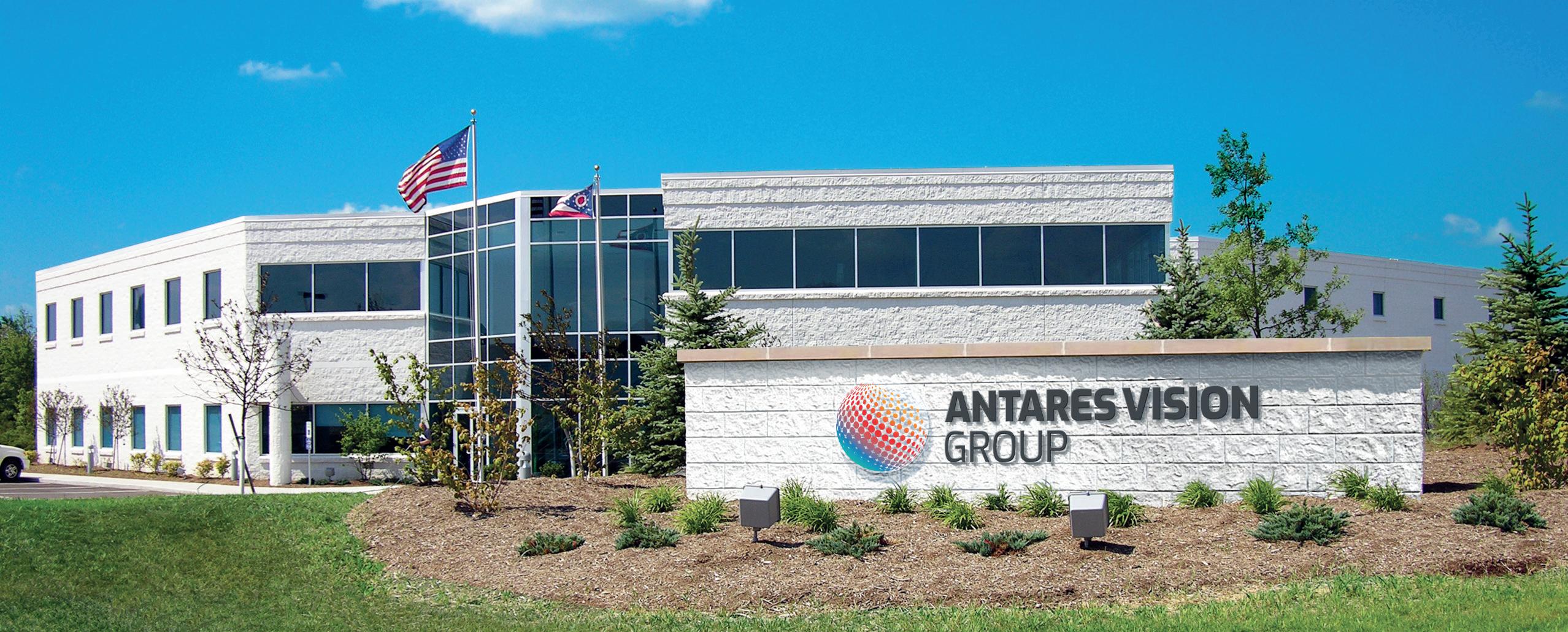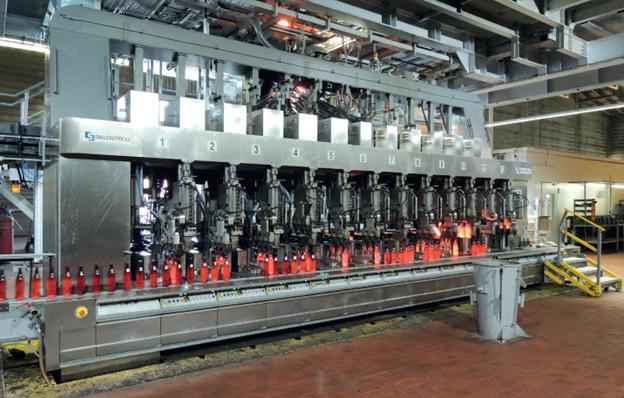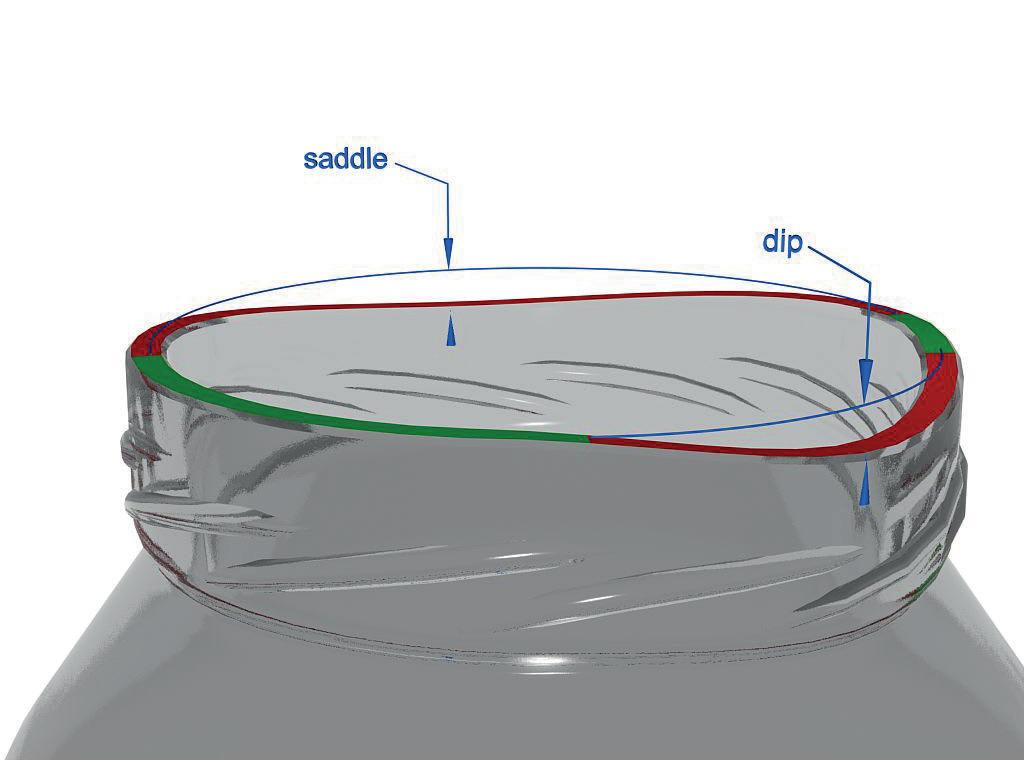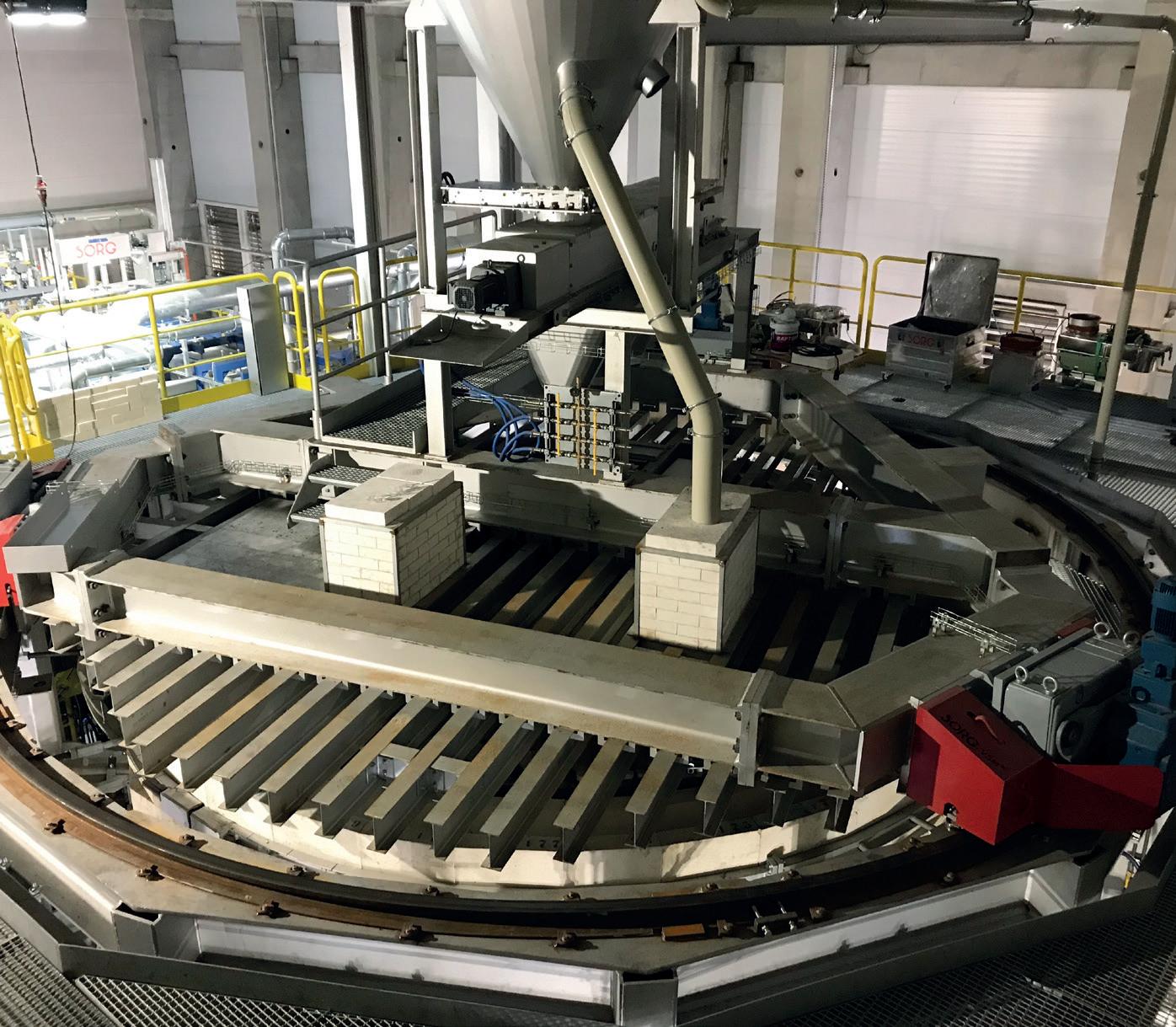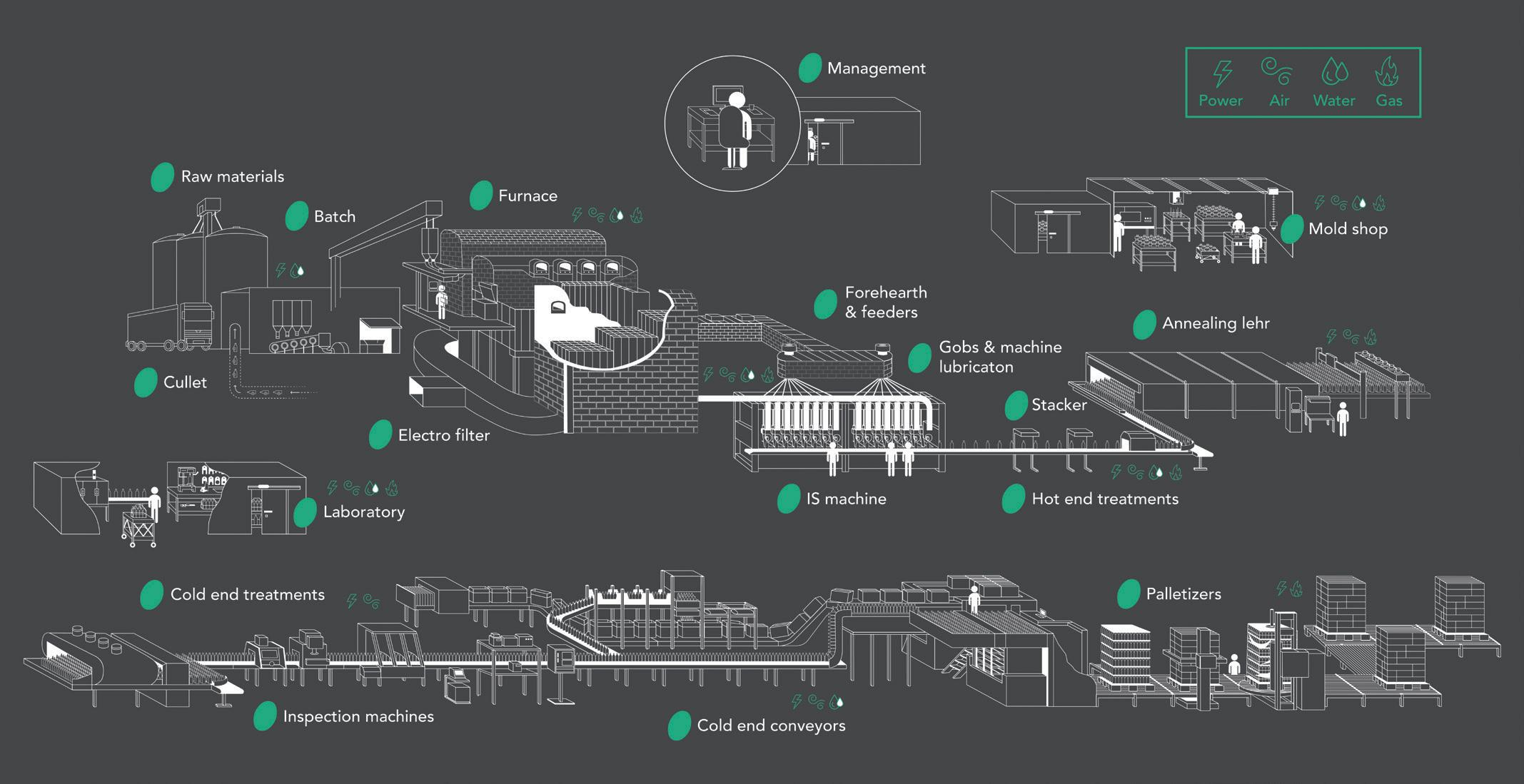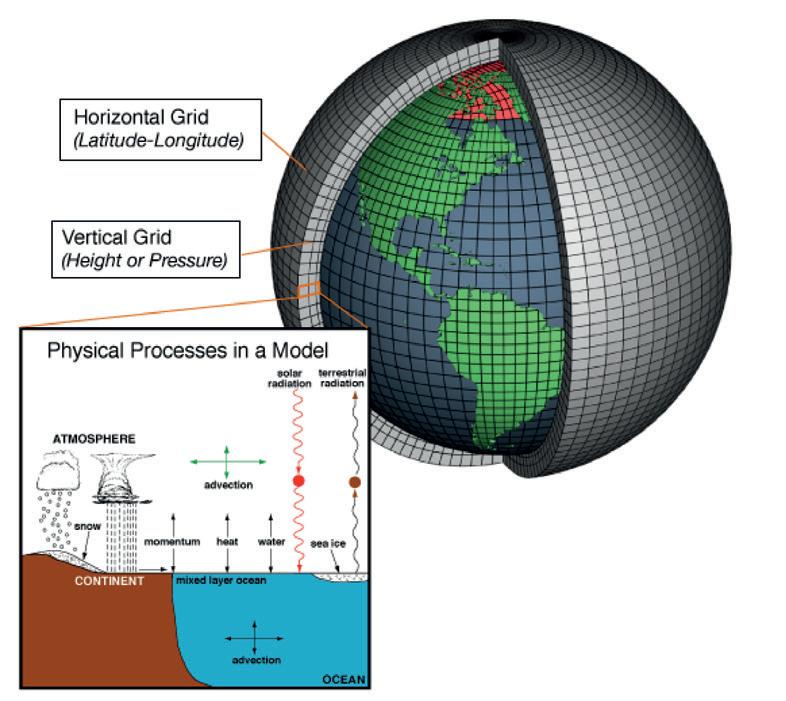
7 minute read
Decarbonisation: Schott
Decarbonising the speciality glass industry
Dr. Matthias Müller*, discusses how hydrogen and electrification of furnaces could help Schott become a climate neutral glass manufacturer.
Speciality glass has enabled the advancement of science through landmark technology like microscopes and telescopes. Other uses of speciality glass often go unnoticed despite their societal impact.
For example, glass empowers some of the world’s most powerful microchips, stores life-saving medications safely, and enables the lab-on-a-chip devices that have revolutionised healthcare.
Glass plays a substantial role in modernising our society, but it is also energy-intensive to produce, requiring temperatures of up to 1700° C to melt raw materials in tanks 24 hours a day, 365 days a year.
Today, natural gas is primarily used to heat the huge melting tanks - sometimes the size of a house. This in turn produces high carbon emissions. Only a switch to new technological solutions based on renewable energies can remedy this situation.
Climate protection
Climate change is one of the greatest challenges of our time. The continuing reliance on use of fossil fuels will further deteriorate the environment, and society has a responsibility to tackle this. Everyone, from politicians to private companies, must work together to reduce carbon emissions and combat these dangerous effects.
The change in the climate can be felt in many regions of the world and has led to the fight against climate change moving high up on the agenda of many countries and companies. Furthermore, the current international energy crisis has emphasised the requirement for a strong, diverse energy portfolio that is more independent from fossil sources.
In 2020, Schott set itself the goal to become climate neutral by 2030 (based on Greenhouse Gas Protocol scope 1+2). The company is initially focusing on the emissions it can influence itself, but intends to include the other Scope 3 emissions from the upstream and downstream supply chain in the medium term.
Based on the Avoid – Reduce – Compensate principle, Schott is pursuing an action plan with four goals: technology change, increasing energy efficiency, switching to green electricity, and as a last step compensating remaining greenhouse gasses by investing in climate protection projects certified to strict standards.
We are all aware that making glass production carbon neutral is a huge challenge with many open questions. However, I am deeply convinced that it is the right challenge to tackle.
Flagship projects
One of the biggest challenges is transforming the production process. In the long term, Schott aims to abandon the use of fossil fuels wherever possible. This change requires rethinking glass production fundamentally.
Glass melting is a complex and sensitive process. Different glass properties and qualities require different raw material compositions, melting aggregates, melting methods and forming processes. Different interactions must also be taken into account within the melting technologies currently available. Therefore, depending on the type of glass and product, different scenarios for CO2 neutral or CO2 free production must be developed with solutions that fit exactly in each case.

Due to the complex inter-relationships, the development of new technologies is associated with elaborate process simulations as well as considerable risks and uncertainties with regard to the production process, product quality and the necessary financial expenditure.
Scientists and melting experts are working on different technological solutions in various development projects at Schott. The company is particularly focusing on hydrogen and electrification technology to heat its melting tanks.
In the field of electrification, the company currently pursues two main flagships projects:
In the Prospect project, experts develop a concept for a pharmaceutical tubing glass melting process in which the melting units are almost entirely heated using electricity instead of the fossil fuel natural gas.
The Planet 1 project concerns industrial research into the complex interactions in the melting process for speciality glasses for technical applications when the electrical heating component is increased to over 60%.
The projects are supported by funding from the Decarbonisation in Industry grant programme of the German Federal Ministry for the Environment. In both new technologies, only green electricity will be used to reduce carbon emissions. The development work is planned in such a way that the first pilot plants can ideally be set up from 2025 onwards. In the case of hydrogen, Schott launched a new research project at its headquarters in Mainz, Germany, to gradually test hydrogen-natural gas-blends in large-scale melting trials at a furnace.
In this trial, R&D experts will gradually replace natural gas with hydrogen. Over the course of a month, the ratio of hydrogen in the natural gas/hydrogen mixture will be gradually increased to up to 35% by volume in three test phases lasting around 10 days each. Schott will use these experiments to learn more about not only the effects of hydrogen in glass melting processes, but also how we might use higher percentages for production. The tests are planned to take place in the fall of 2022.
Digitisation
The path to carbon neutrality is greatly accelerated by digitisation. Schott currently relies on artificial intelligence and Big Data solutions to make the melting process more efficient. Thanks to new sensors and technologies, mass data recorded at the melting tanks can be better structured, analysed automatically and used to achieve greater process improvements. As a result, engineers and technicians can recognise the complex interactions in the melting tanks more quickly and intervene in a more targeted manner, resulting in greater stability, higher yield, and an overall increase in efficiency.
Collaboration
Our initial research is already showing promising results and we are confident we can help to develop solutions for the glass industry. The transformation process toward climate neutrality can only succeed with groundbreaking technological innovations and a high level of development and investment. Technology change is the biggest obstacle on the way to climate neutrality. As a company, we are willing to make strong investments to improve the speciality glass manufacturing process.
However, such a challenge is far too great to master alone. This tour de force can only succeed through collaboration between policymakers and industry players. To manage this change, the glass industry will need reliable framework conditions, especially for the success factors that lie outside their sphere of influence.
The biggest hurdle for technology change in the glass industry is formed by external factors: The sufficient availability of green energy at competitive costs will be one of the most important success factors. We need to have a reliable, continuous and uninterrupted supply of green energy. This requires efficient transmission and distribution networks. Besides green electricity, green hydrogen and – as a bridging technology – bioenergy, are particularly needed.
Furthermore, the industry needs subsidy programmes to bear the high investment costs that arise during technological change. In addition to funding for research and investments, we also need support for the additional costs incurred by using alternative energy sources, such as green electricity.
A better future
Glass has existed for thousands of years, but we have only scratched the surface of possibilities with this material. Our industry has already advanced countless products and technologies.
Now we need to turn our efforts towards modernising our own production process and making it more sustainable.
We have been initiating this process for several years because we are firmly convinced of this transformation. We all know that research projects require stamina. However, I am confident we will be able to set important impulses to produce this fascinating material in a carbon neutral way.
Fighting climate change and coming up with more sustainable solutions is a task to tackle for everyone. With the 2030 Agenda for Sustainable Development, the United Nations have set the table for change. Now, the whole glass industry needs to do their part to bring decarbonisation and innovation together to produce a more sustainable future and cutting-edge glass products.
*Executive Vice President R&D and New Ventures at Schott, www.schott.com


